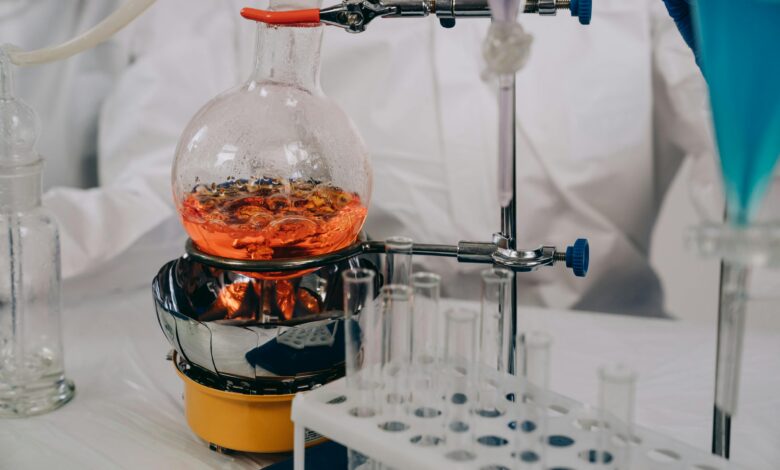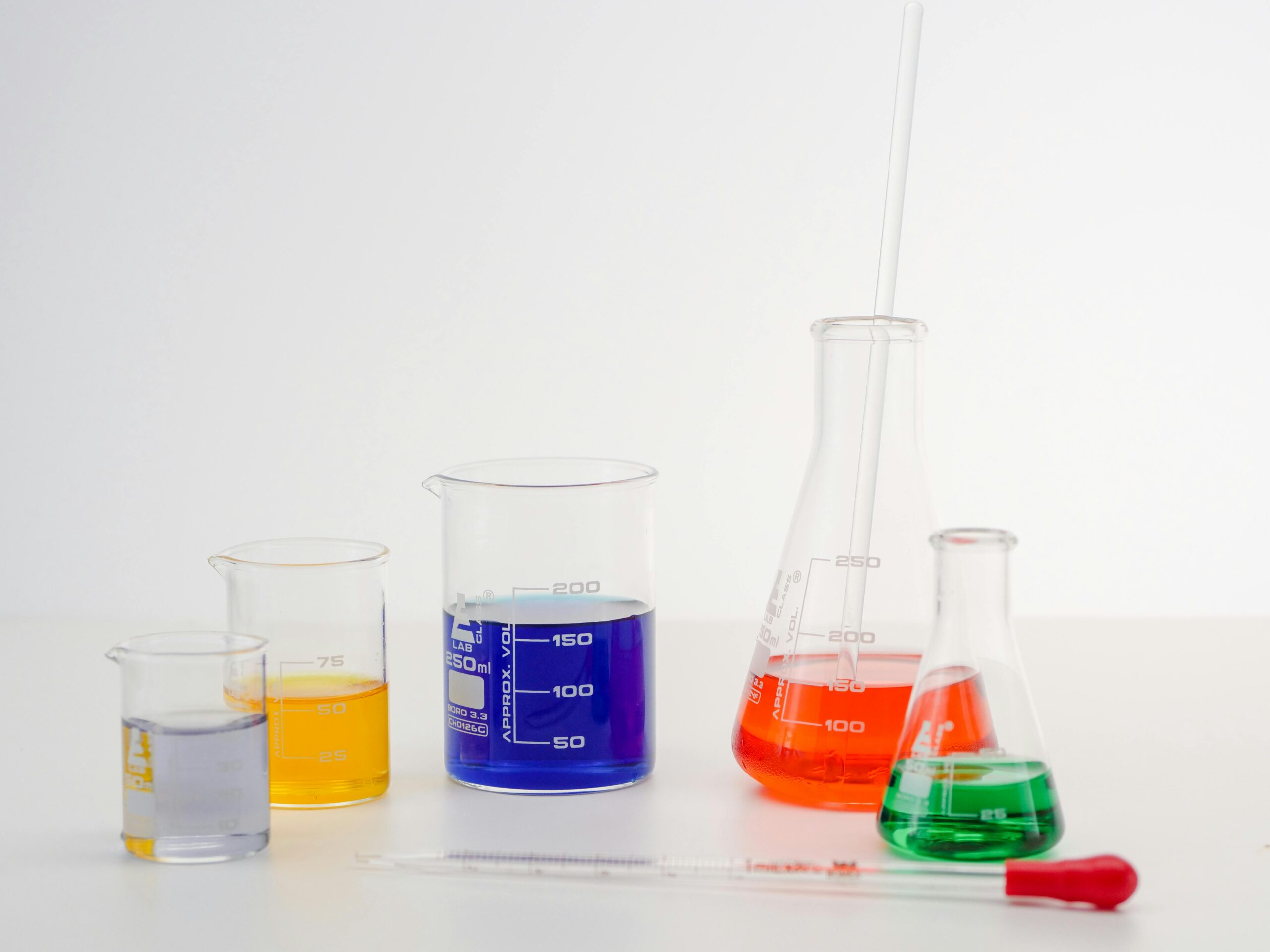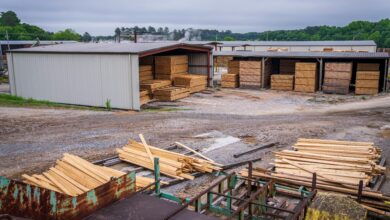HCOOCH₂ H₂O: The Versatile Chemistry of Formaldehyde Hydrate

Introduction to Formaldehyde Hydrate Chemistry
Formaldehyde hydrate HCOOCH₂ H₂O represents one of the most industrially significant yet chemically intriguing simple organic compounds. This aqueous solution of formaldehyde demonstrates unique properties that make it indispensable across industries ranging from manufacturing to medicine. Unlike anhydrous formaldehyde gas, the hydrated form offers stability and controllable reactivity that has enabled countless applications. Our exploration will examine the molecular characteristics that define this compound, its diverse industrial uses, biological interactions, environmental considerations, and emerging applications that continue to expand its utility. Understanding HCOOCH₂ H₂O provides insight into fundamental organic chemistry principles while revealing practical solutions for modern technological challenges. This dual nature as both a basic chemical building block and a sophisticated industrial material makes formaldehyde hydrate a compelling subject for scientific and industrial examination.
Molecular Architecture and Chemical Behavior
The chemical structure of HCOOCH₂ H₂O reveals why this simple molecule exhibits such remarkable versatility. The core formaldehyde molecule (H₂C=O) forms hydrogen-bonded complexes with water molecules, creating dynamic equilibria between various hydrated forms in solution. Nuclear magnetic resonance studies show rapid exchange between methylene glycol (HO-CH₂-OH) and free formaldehyde, with the equilibrium position depending on temperature, concentration, and pH. This structural flexibility allows the compound to participate in diverse reaction pathways, functioning as both an electrophile through its carbonyl group and a nucleophile through its hydrated forms. The small molecular size enables diffusion through biological membranes and polymeric matrices, while the polar functional groups facilitate interactions with proteins, nucleic acids, and synthetic polymers. These molecular characteristics explain why formaldehyde hydrate serves as such an effective cross-linking agent while also accounting for its biological activity and environmental behavior. The balance between reactivity and stability in aqueous solution makes it uniquely useful compared to other aldehydes.
Industrial Applications and Manufacturing Innovations
The industrial landscape for HCOOCH₂ H₂O spans traditional manufacturing sectors and cutting-edge technological applications. Resin production consumes the majority of global output, where it serves as the essential precursor for urea-formaldehyde and phenol-formaldehyde polymers used in adhesives, laminates, and molded composites. The textile industry relies on its cross-linking properties to create permanent-press fabrics, while the healthcare sector utilizes its disinfectant qualities in sterilants and preservatives. Modern manufacturing processes typically produce formaldehyde hydrate through methanol oxidation followed by absorption in water, with advanced catalytic systems continuously improving efficiency and yield. Recent innovations include stabilized formulations that minimize emissions, nanotechnology applications where it assists in nanomaterial synthesis, and renewable production methods using biomass-derived methanol. The development of emission-controlled resins and alternative curing systems demonstrates how environmental considerations drive innovation in formaldehyde hydrate applications while maintaining its essential functionality in industrial processes.
Biological Interactions and Medical Relevance
Within biological systems, HCOOCH₂ H₂O demonstrates a complex duality as both metabolic intermediate and potential toxin. Cells naturally produce small amounts during single-carbon transfer reactions involved in nucleotide and amino acid biosynthesis, with specialized enzymes like formaldehyde dehydrogenase rapidly detoxifying excess concentrations. This endogenous production and clearance mechanism highlights the compound’s fundamental biochemical role while explaining its toxicity at elevated levels. Medical applications carefully balance these properties, using controlled concentrations in vaccines as an inactivating agent while monitoring potential sensitization risks. Current research explores its role in epigenetic modifications, potential therapeutic applications in cancer treatment, and as a biomarker for certain metabolic disorders. The biological interactions of formaldehyde hydrate exemplify how concentration and context determine whether a chemical functions as beneficial or harmful, with modern analytical techniques allowing precise measurement of exposure levels and biological effects.
Environmental Impact and Safety Considerations
The widespread use of HCOOCH₂ H₂O necessitates comprehensive understanding of its environmental fate and rigorous safety protocols. Atmospheric chemistry studies show that released formaldehyde hydrate undergoes rapid photochemical degradation with typical half-lives of several hours, while aquatic systems benefit from microbial degradation pathways. Indoor air quality concerns have driven significant innovations in resin formulations and building materials that reduce emissions without sacrificing performance. Industrial safety practices emphasize engineering controls like closed processing systems, local exhaust ventilation, and real-time monitoring technology to protect workers. The development of low-emitting pressed wood products and formaldehyde-scavenging coatings demonstrates successful strategies for risk reduction. Regulatory frameworks worldwide continue evolving, with recent emphasis on exposure assessment methodologies that account for both occupational and environmental exposure scenarios. These environmental health considerations balance the compound’s undeniable utility with responsible stewardship principles that protect both human health and ecosystems.

Emerging Technologies and Future Directions
Contemporary research continues uncovering novel applications that expand the potential of HCOOCH₂ H₂O beyond traditional uses. Advanced materials science explores its role in synthesizing porous organic frameworks and carbon-based nanomaterials with precisely controlled architectures. Energy storage researchers investigate derivatives as potential components in next-generation battery electrolytes and fuel cell technologies. Green chemistry initiatives develop biocatalytic pathways for sustainable production from renewable feedstocks, potentially revolutionizing manufacturing paradigms. Perhaps most intriguingly, astrochemical studies suggest related compounds may participate in prebiotic chemistry on icy moons and comets, informing our understanding of life’s chemical origins. These diverse research directions demonstrate how this fundamental chemical continues enabling technological innovation across disciplines, with each discovery revealing new dimensions of its molecular capabilities and applications.
Frequently Asked Questions About HCOOCH₂ H₂O
1. What concentration is typically used in industrial applications?
Commercial formaldehyde solutions generally contain 37-50% formaldehyde by weight, stabilized with methanol to prevent polymerization. Specific applications use further dilution to achieve optimal reactivity and safety balance.
2. How does temperature affect formaldehyde hydrate solutions?
Elevated temperatures shift equilibrium toward free formaldehyde gas, increasing volatility and reactivity. Cooling promotes hydration and stabilization, which is why controlled temperature maintenance is crucial for storage and transport.
3. What makes formaldehyde hydrate so effective for disinfection?
The compound’s small molecular size enables penetration into microorganisms, while its electrophilic carbonyl group reacts irreversibly with proteins and nucleic acids, disrupting essential cellular functions.
4. Are there natural sources of formaldehyde hydrate?
Yes, natural formation occurs through atmospheric oxidation of hydrocarbons, metabolic processes in organisms, and combustion reactions. Forest fires and even healthy human metabolism produce trace amounts.
5. How is exposure monitored in occupational settings?
Modern monitoring combines air sampling with analytical techniques like HPLC and spectrophotometry, while recent advances include wearable sensors and real-time monitoring systems that provide immediate exposure data.
Conclusion: The Enduring Significance of Formaldehyde Hydrate
HCOOCH₂ H₂O stands as a testament to how fundamental chemical understanding enables technological progress across countless applications. From its essential role in industrial manufacturing to its participation in biological processes, this simple molecule continues to demonstrate remarkable versatility and importance. The ongoing development of safer handling protocols, environmentally responsible applications, and innovative uses in emerging technologies ensures formaldehyde hydrate will remain relevant in scientific and industrial contexts. Its story exemplifies how deep chemical knowledge leads to both practical solutions and continued discovery, bridging basic research and real-world applications. hcooch ch2 h2o.



